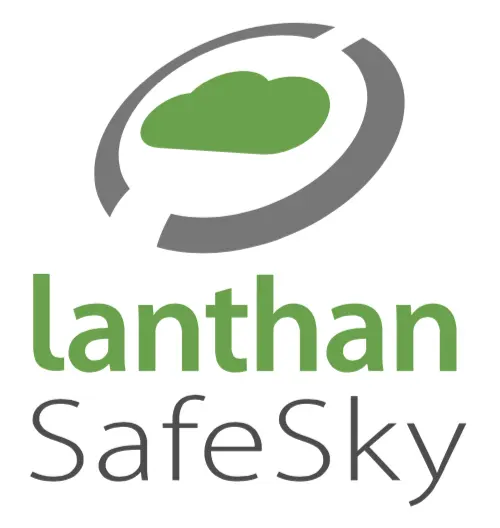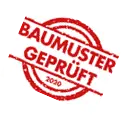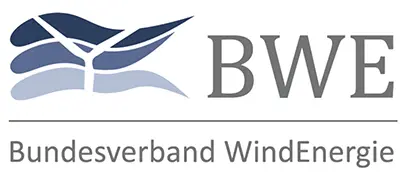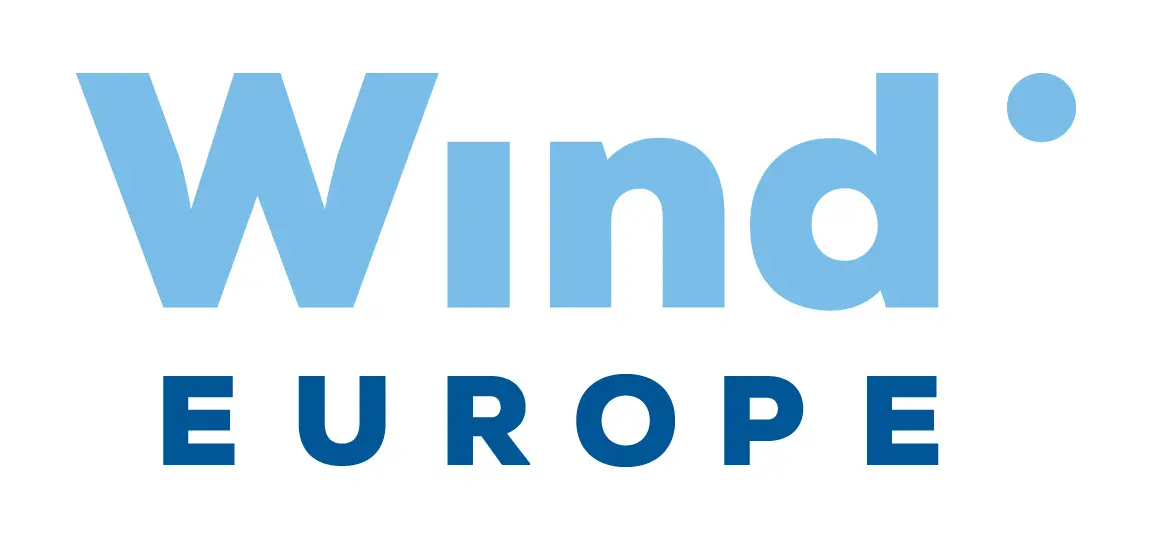Reducing Impact: Gijs van Hout on ADLS at Wind Farm Krammer
ADLS on the rise: Interview with Gijs van Hout, Wind Farm Krammer, Netherlands
Location of wind farm: | The wind farm is situated on the dykes and dams of the huge Krammer Locks Complex (part of the Delta Plan, a Flood Defence System) in the province Zeeland in the Southwest of The Netherlands. It is surrounded by 3 Natura2000-areas. |
Number of wind turbines: | 34 (Enercon E-115) |
Total installed capacity: | 102 MW |
ADLS activated since: | 20 December 2021 |
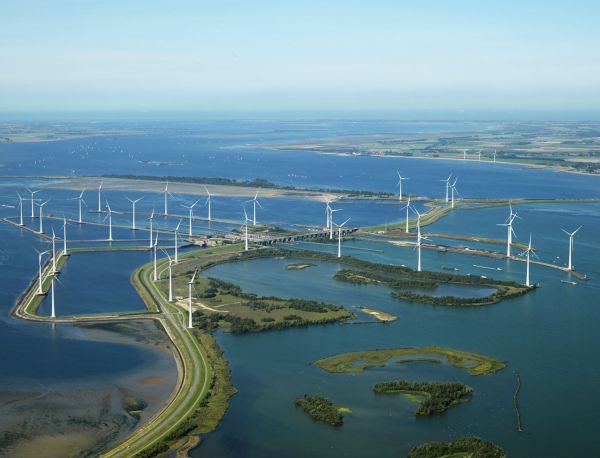
photo by Sky Pictures
Are you convinced that renewable energy is the future and why?
Gijs: I spent my whole professional career in wind energy. First, I worked at a service and maintenance company for wind turbines. Then I became a project manager at Deltawind. So, I obviously believe in Renewable Energy, but I don’t think it’s the future – it’s the present. I think it’s a no-brainer that there has to be a shift towards Renewables, and wind energy is one of the key players.
Can you tell us a little bit about the organization you are active for and about your background?
Gijs: I studied engineering, which is quite a broad subject, but it was the conversion of energy that really got me excited. Energy conversion in many ways was part of my studies and Renewable Energy was what I liked the most. I did some apprenticeships at energy plants based on coal and natural gas which was interesting as well, but wind energy stood out the most. I also liked the dynamics of the wind. That’s why I chose this sector. At first, I managed a team of mechanics, but then I wanted to explore the wind turbines myself, so I would get to know the technical aspects. I wanted to know what the mechanics had to do before I could tell them what to do, so to speak. I was hooked from the first day. Next, I became a project manager at Deltawind, a professionalized cooperative union of local citizens that strive to speed up the energy transition bottom up. Here my job is to develop new projects. One of them was wind farm Krammer. Together with a colleague of Zeeuwind (another local cooperative union) I started this project from scratch, from development to construction. I’m still project- and asset manager as we are in the operational phase of the wind farm now, focusing on the more special topics, such as bird and bat detection systems, but also ADLS.
“I think it’s a no-brainer that there has to be a shift towards Renewables, and wind energy is one of the key players.”
– Gijs van Hout
Can you give us some facts and figures about your wind farm?
Gijs: We started in 2009 with the development phase which took quite some time because our wind farm is located right on an important national flood defense system. Therefore the Dutch Department of Waterways and Public Works, the owner of the dam, was a bit skeptical and not very enthusiastic in the beginning. That was our first hurdle. We then did a study to demonstrate how it could be done safely, and they agreed to this pilot project. By proving that it can be done safely, we have opened a lot of doors, also for for others. What is also special about this project is that it is surrounded by three “Nature2000-areas”, so we are in the middle of protected nature, which was another complex challenge. Regarding the facts and figures: We have been fully operational for 5 years now with 34 Enercon wind turbines (3 megawatts each, so 102 megawatts in total) with a hub height of 122 meters. We can supply energy to over 100,000 households. The location is perfect, although the spacing is quite tight.
When was the first time you heard of transponder-based ADLS and what was your impression?
Gijs: I don’t know the exact year. At first, we focused on a radar-based system and did a proof of concept. That was our first step to get it legalized in the Netherlands, but it became too complicated and too expensive. Then we heard about the transponder system which sounded much less technical and felt easier to integrate. We already knew this system was working in Germany, so we initiated a new pilot project to prove to the Dutch authorities that it was safe. This is how we became the first in the Netherlands to turn off the lights.
When and how was the initial contact to LSS established?
Gijs: That was a long time ago, I think it was through Enercon. The first contact was good and LSS was willing to cooperate in this proof of concept that we had to conduct. That’s when our collaboration started.
“I think if you have the possibility to reduce the impact on the environment, you must do it.”
– Gijs van Hout
Can you describe the process of your collaboration with LSS during the commercial, project planning, realization and after-sales stage and how you felt about this experience? Is there anything that stood out?
Gijs: It was smooth from the beginning. Whenever I had a question, I got an honest answer. At first, we had to show the Dutch authorities that the system was safe and that it was possible to use it in the Netherlands as well. LSS put a lot of effort into getting the system legalized here – something I had been working on for years already. It was wonderful to meet someone who is as eager as I am, even though the Dutch market is smaller than the German. We also have the same understanding that switching off the lights is an important measure to boost the acceptance of wind energy.
Would you choose LSS again and can you share some real-life experiences or feedback from the residents now that ADLS is up and running at your wind farm?
Gijs: I would definitely work with LSS again, because, as I said, we are on the same page, and I’m taken seriously as a customer. From a resident’s point of view: You notice when the lights are on more than the absence of lights, which makes it difficult to measure, but the effort is certainly appreciated. It was illustrative to read the compliments of a local environmental organization in a letter they sent to a local newspaper.
What is your take on the future of transponder-based ADLS in the Netherlands and internationally? Will it help boost acceptance for wind energy among the population and relevant stakeholders?
Gijs: Absolutely. I know people can be annoyed by the lights. You have to take residents’ interests into account and as long as it’s possible, you should try your best to accommodate them. Wind turbines have a big impact on them: They are very visible and even at night you see the lights, so if you can switch them off that really helps the acceptance of wind energy in the Netherlands as well as globally. I’m convinced that in the future, the nights will be darker again.
“You have to take residents’ interests into account and as long as it’s possible, you should try your best to accommodate them.”
– Gijs van Hout
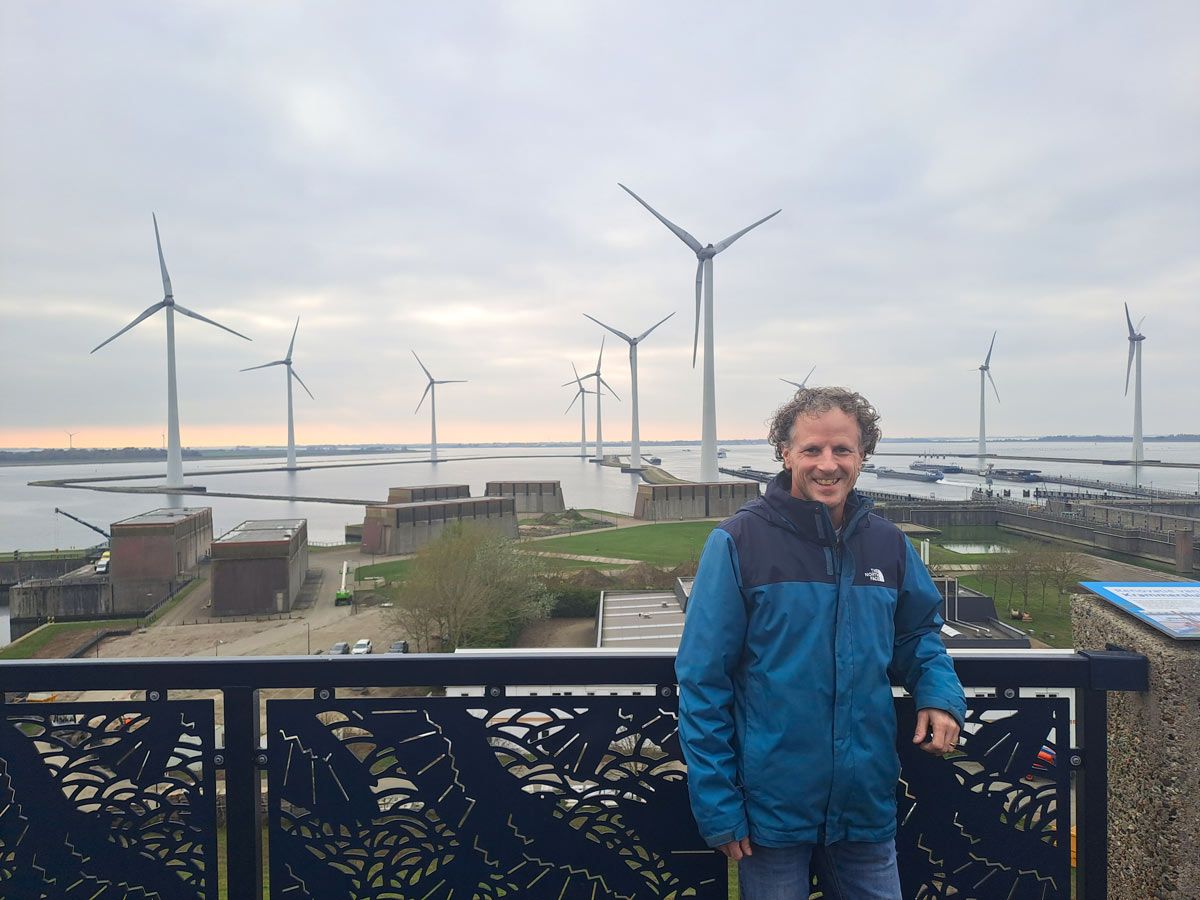
What would you recommend to others who are interested in equipping their wind farm with transponder-based ADLS?
Gijs: I would say: Use the system, because it’s there. Of course it costs money, so it would be great if the costs were included in the subsidy scheme. But I think if you have the possibility to reduce the impact on the environment, you must do it.
Thank you for the interview, Gijs!
